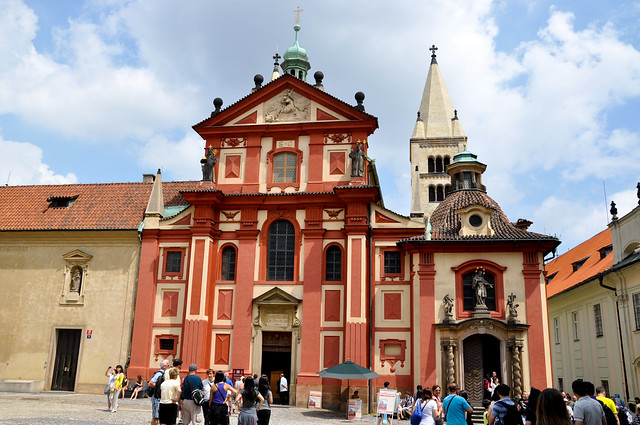
Dizem ser a igreja mais antiga da zona do Castelo de Praga e a segunda mais antiga da cidade, apesar da sua fachada barroca o seu interior é de estilo românico. Foi construída no século X e fundada por Vratislav I cujo túmulo feito em madeira podemos ver antes de subir ás capelas no segundo patamar.
Said to be the oldest church in the area of the Prague Castle and the second oldest in the city, despite its baroque facade the interior is Romanesque. It was built in the X century and founded by Vratislav whose tomb is made of Wood that we see before going up to the chapels on the second level.

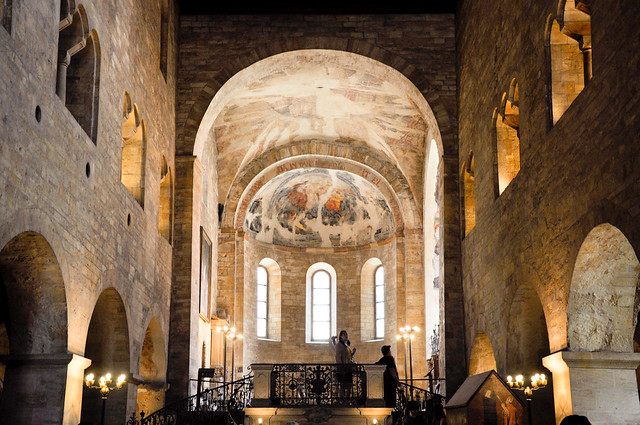
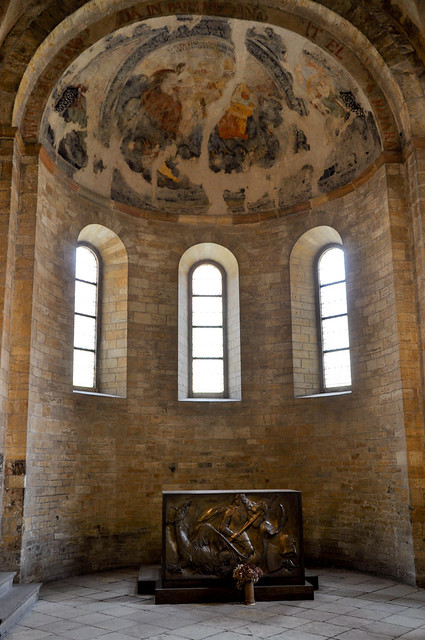
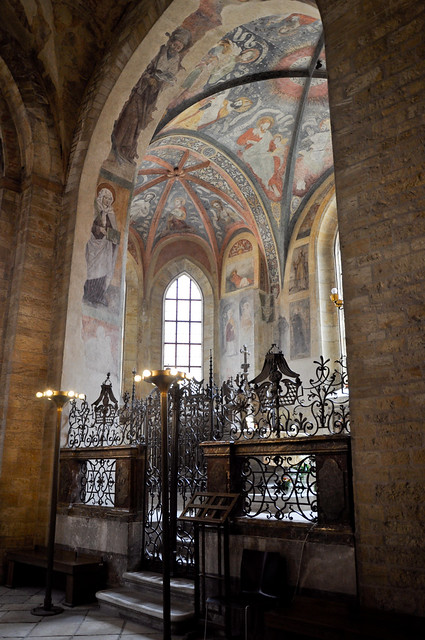
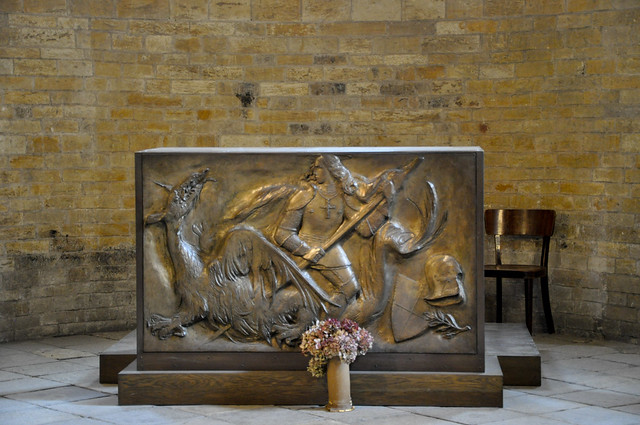
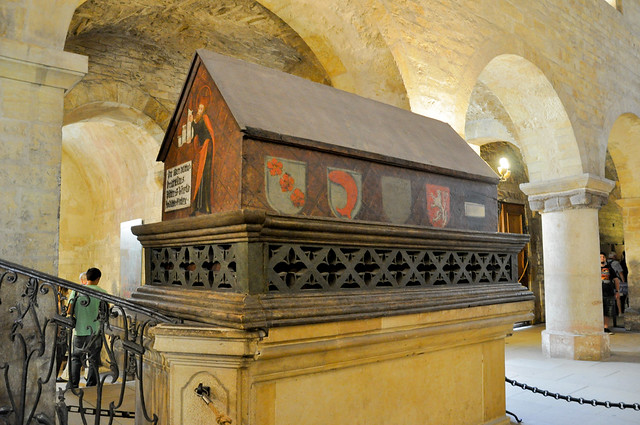
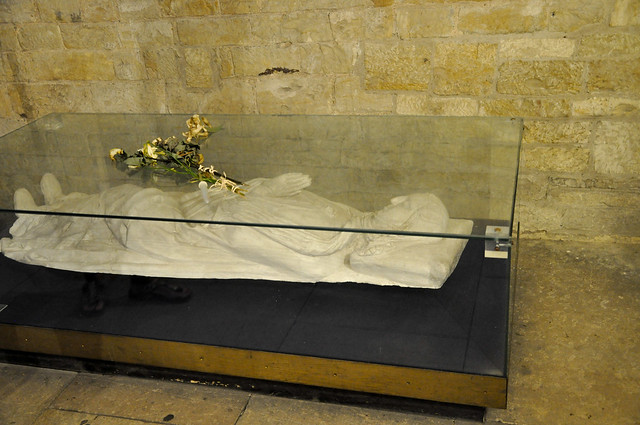

Ao subir as escadas podemos ver a Capela de St. Ludmila, mãe de Vratislav que foi construída no século XIV com um estilo gótico. No interior dessa capela está o túmulo com os seus restos mortais e a história de Ludmila fez dela uma mártir, foi assassinada pela sua nora Drahomira por achar que tinha mais influência sobre Wenceslau (seu neto) que a própria mãe. Podemos ver no topo da capela algumas pinturas do Renascimento onde numa delas estaria representada a santa.
Por baixo está uma cripta medieval do século XII onde podemos ver uma escultura de bronze de Brigita representando o corpo de uma jovem em decomposição como um símbolo da fragilidade humana.
Depois da grandiosidade da Catedral de S. Vitus parece que a basilica é um monumento mais pobre, na realidade é igual de rico em história e talvez mais emblemático ao visitar.
When you climb the stairs you can see the Chapel of St. Ludmila, the mother of Vratislav which was built in the fourteenth century with a Gothic style. Inside this chapel is the tomb with her remains and the story of Ludmila made her a martyr, she was murdered by her daughter in-law Drahomira who thought she had more influence on Wenceslas (her grandson) that his own mother. We can see the top of the chapel some paintings of the Renaissance era where in one of them the saint was represented.
Beneath there is a medieval crypt twelfth century where we can see a bronze sculpture of Brigita representing the body of a Young woman decaying as a symbol of human frailty.
After the grandeur of the Cathedral of St. Vitus seems that the basilica is a monument poorest but actually equals it in rich history and perhaps is the most emblematic visit.
Beneath there is a medieval crypt twelfth century where we can see a bronze sculpture of Brigita representing the body of a Young woman decaying as a symbol of human frailty.
After the grandeur of the Cathedral of St. Vitus seems that the basilica is a monument poorest but actually equals it in rich history and perhaps is the most emblematic visit.






Our guide:


Sem comentários:
Enviar um comentário